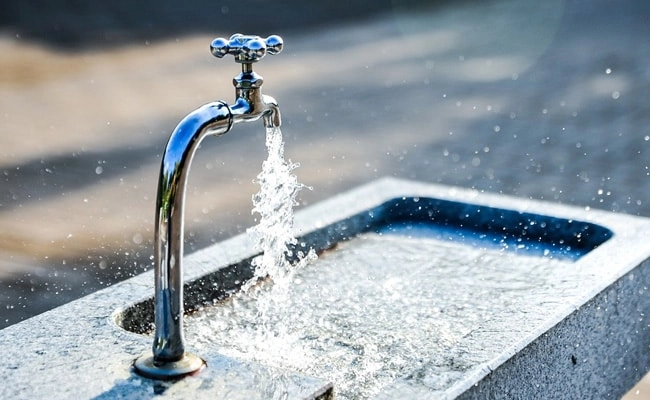Access to clean drinking water is a fundamental necessity for any community, and recent developments in rural India highlight a significant achievement in this regard. Over 80% of rural Indian families now have access to piped drinking water, marking a transformative shift in public health and quality of life for millions. This milestone is the result of concerted efforts by the government, non-governmental organizations, and local communities to improve water infrastructure and ensure that clean water reaches the most remote areas. With piped water systems being installed in villages, families no longer have to rely solely on distant wells or contaminated sources, which often posed health risks.
The implications of this achievement are profound. Access to piped drinking water not only reduces the burden of water collection, which often falls upon women and children, but it also improves sanitation and hygiene standards. Families are less prone to waterborne diseases, leading to better health outcomes and reduced healthcare costs. Additionally, the availability of clean water at home allows for improved agricultural practices, as farmers can more reliably access water for irrigation. This, in turn, can enhance food security and boost the local economy, providing a more sustainable future for rural communities.
Furthermore, the expansion of piped water systems contributes to a greater sense of community and social equity. When all families have access to the same quality of water, it helps to bridge some of the divides that exist between wealthier and poorer households. It fosters a sense of unity and shared purpose, as communities work together to maintain and protect their water resources. As rural areas continue to develop, the focus on sustainable water management practices becomes even more critical. The success of piped drinking water initiatives serves as a model for other countries grappling with similar challenges, demonstrating that with the right investments and community involvement, significant progress can be made in ensuring that everyone has access to this vital resource.
In conclusion, the achievement of over 80% access to piped drinking water for rural Indian families is a landmark development that promises to reshape the landscape of rural health, economy, and social dynamics. It reflects the power of collaborative efforts in addressing critical infrastructure needs and highlights the importance of prioritizing water access in development agendas. As this trend continues, it is essential to maintain momentum and ensure that all rural communities can enjoy the benefits of clean, reliable drinking water, thus paving the way for a healthier and more prosperous future.




